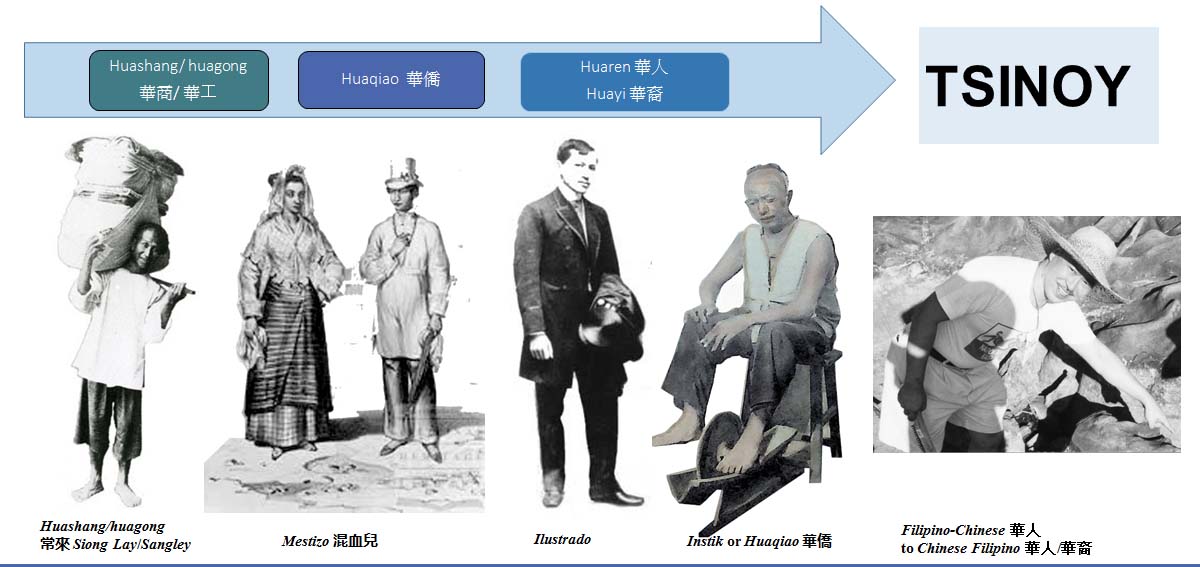First published in Tulay Monthly, Chinese-Filipino Digest 1, no. 1 (June 12, 1988): 3, 9.
Archaeological and anthropological studies as well as ancient Chinese re-cords indicate that thousands of years before the Spaniards set foot on the Philippine islands, the Chinese were already plying the route from Southern China to all parts of the Philippines as commercial traders. At that time, they were considered as transient who brought in Chinese goods in exchange for native Philippine products.
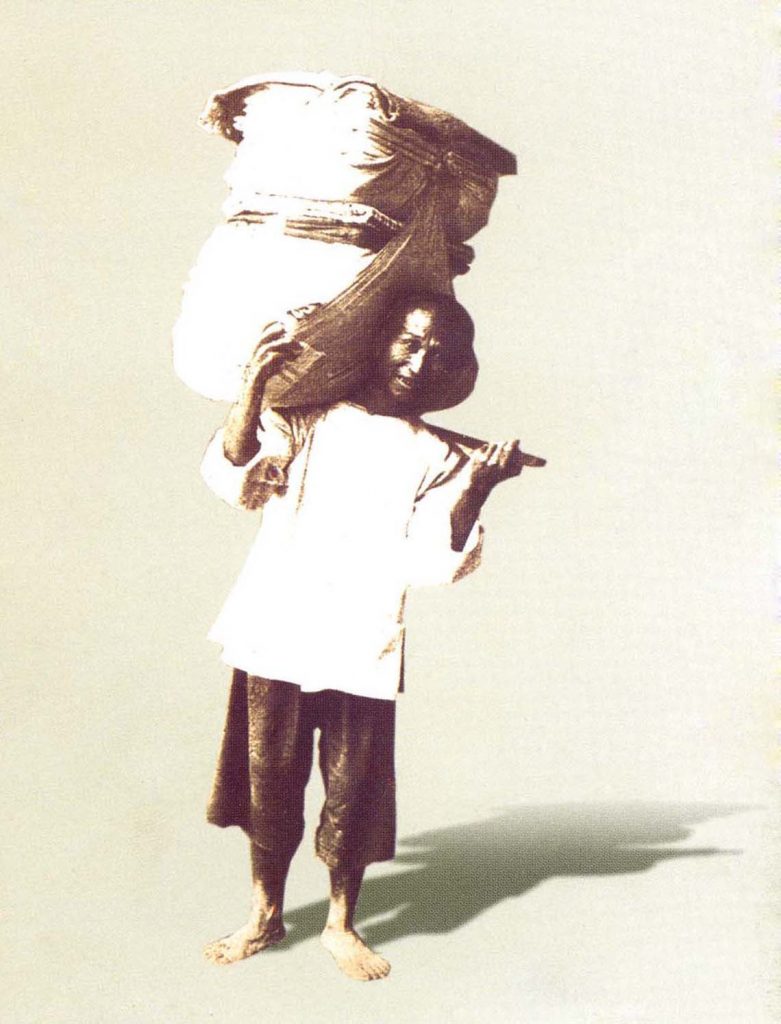
the huashang and huagong
(常來 Siong Lay/Sangley).
When the Spaniards came and colonized the Philippines, these Chinese traders also begun to establish settlements for they found the Philippines a land of opportunity and abundance compared to their famine-stricken, impoverished and politically unstable homeland. They soon proved to be an indispensable backbone which supported and serviced the Spanish’s colonial economy and elite class.
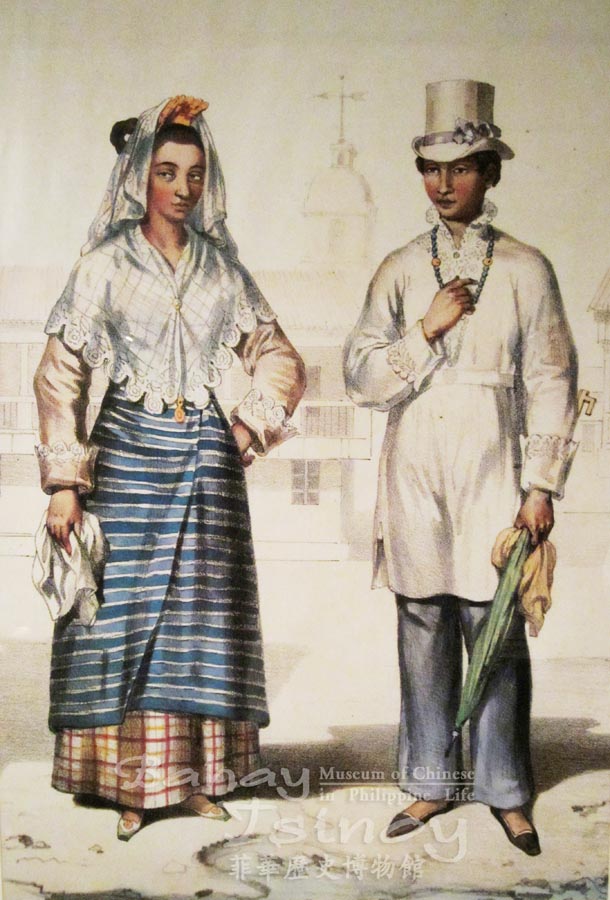
Under the liberal policy of the Americans (the next colonial masters of the Philippines, the Chinese found better opportunities for advancement and chances of making good. They flourished so well under the American regime that thoughts of going home gradually faded — and with it went the need to prove themselves through bringing home the wealth they had accumulated. China was still “home” to them; but they slowly learned to look upon the Philippines as their second home.
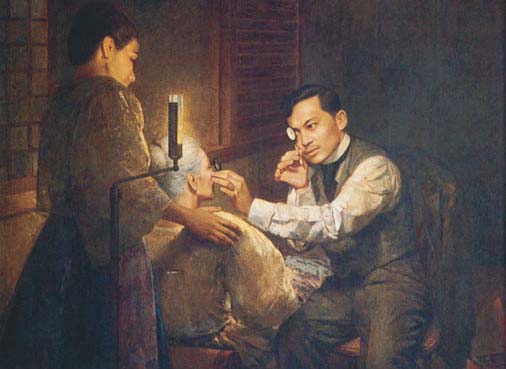
After the communists’ take-over of mainland China and the bamboo curtain subsequently closed China to the out-side world, the desire of going back further diminished. Slowly, the thought of accepting the Philippines as their new home took root and later became firmly planted.
At this point, a number of Chinese opted to apply for citizenship. A new breed of Filipino Chinese thus came about — they are still Chinese in every sense of the word — but they are of Filipino citizenship. New organizations that sprung up dropped the words lu fei or huaqiao (which means sojourners in the Philippines) and called themselves Filipino Chinese. This means that these organizations are made up of Chinese as well as those who are naturalized Filipinos.
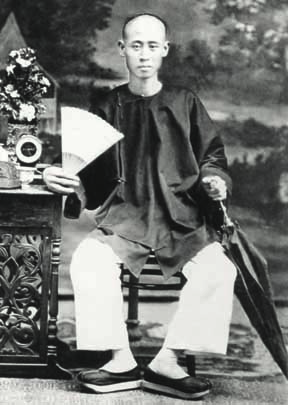
After 1949, 90 percent of the Chinese were already born in this country. This second and third generation of Chinese grew up here, learned to speak the native language and Chinese almost simultaneous attended the local schools and universities, made friends with Filipinos and joined in Filipino organizations. This generation of Chinese regarded the Philippines as their first and only home.
There was a time when many Chinese went through a period of traumatic identity crisis –not knowing whether they should consider themselves as Chinese or Filipinos first. After President Marcos granted easier access to citizenship through naturalization by administrative means, the identity problem for this group of Chinese was resolved since the legal identity which had earlier barred them from identifying themselves as Filipinos was lifted.
For these locally born and raised young Chinese the choice is quite clear — the Philippines is their only home where they and their future generations will live.
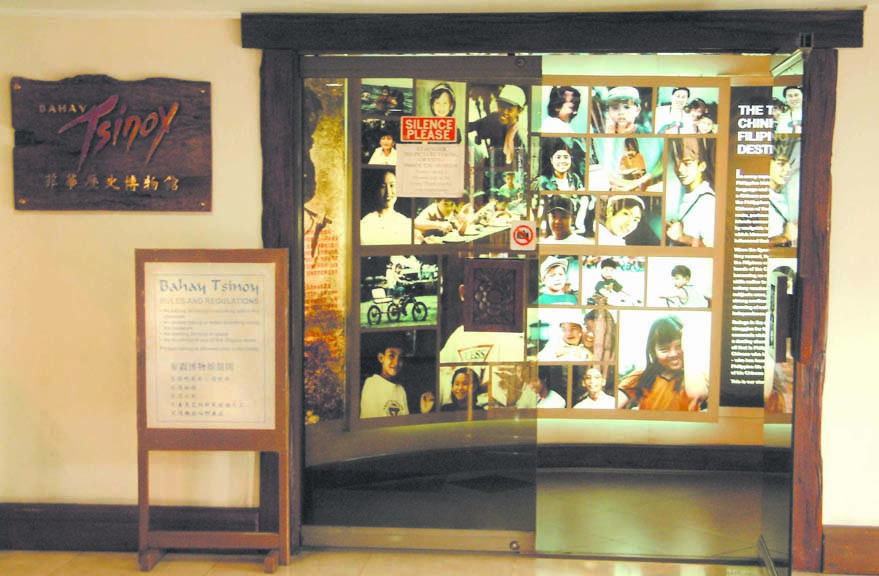
Their experiences of China are confined to what they have learned from textbooks and the stories recounted to them by their own parents. The children of this generation use either Tagalog or English as their first language. The facility in reading or writing in Chinese is almost totally lost. They grow up like any other Filipino; adopting their manners and lifestyles; their customs, beliefs and aspirations as their very own.
This group of young Chinese are the new generation of Chinese Filipinos, their identity is unmistakably and equivocally Filipino although they traced their cultural heritage to their Chinese origins. From a mere sojourner to one who, has become an adopted citizen of the Philippines, and finally to one who considers himself a Filipino of Chinese descent, the Chinese has indeed come a long, long way.
